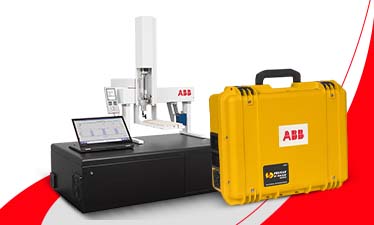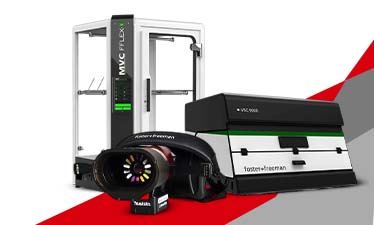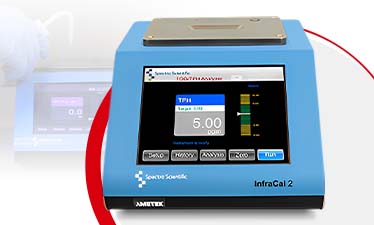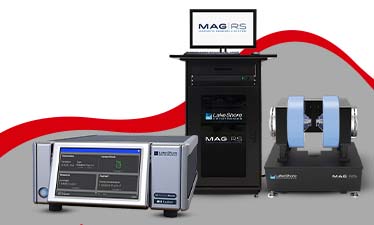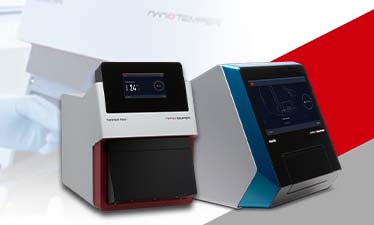All You Need to Know About NIR Spectroscopy
NIR spectroscopy is a type of analytical technique that is utilised across an extensive range of industries and sectors. From chemical profiling and physical characteristics of raw materials used for steel manufacturing to determining the protein and fat contents in food products, NIR is used to analyse most liquid, solid and slurry samples.
There are many NIR spectroscopy based instruments available in the marketplace such as the NIRMaster and others that are in demand for different industries and applications. But still today, not much is known about this analytical technique and this blog helps in enlightening some of the basics of NIR spectroscopy.
Continue to read it till the end to find out more about the technique.
The Origins of NIR Spectroscopy
In the electromagnetic spectrum, the near-infrared region was actually discovered by the German-British astronomer William Herschel. However, it was not until the late 1960s that this was developed into an analytical technique.
Ever since then the NIR spectroscopy has been used as one of the most in-demand and opted tools in the scientists’ arsenal. At present, this technique has been utilised and regularly used across a wide range of industries that includes pharmaceuticals, agriculture & food, chemical products, etc.
The Near-Infrared Region
So, what exactly is this near-infrared region? Well, this region falls between 780 nm and 2500 nm of the electromagnetic spectrum, that is just outside the normal visible range of the human eye.
The light present in the near-infrared region interacts with the sample’s chemical compounds in varied ways. With the use of specialised instruments, experts are able to determine the measure absorbance and transmittance patterns. This data is utilised for detecting and quantifying the unique properties of the sample taken for analysis.
The Perks of NIR Spectroscopy
The use of near-infrared spectroscopy has a wide range of benefits especially when it comes to wet-chemical techniques. Unlike some of the other analytical techniques, NIR is a straightforward and rapid technique that is able to deliver accurate results in under 1 minute.
It does not have the need of utilizing any potentially toxic or toxic reagents or solvents, which makes them a more sustainable and environmentally-friendly option than several of its contemporaries. NIR spectroscopy is also a non-destructive technique just like Raman spectroscopy. The samples analyzed using this technique are not damaged, altered or destroyed resulting in reuse of the samples.
Also, NIR spectroscopy instruments have simple design making them user-friendly and therefore, even non-specialists can operate the instruments. NIR even provides multiparameter capabilities and because more than single parameter can be determined with a single measurement, many users claim that the NIR technique saves notable cost and time over conventional wet chemical techniques.
There are more perks of using NIR spectroscopy instruments. Make sure to invest in high-end NIR technique instruments such as NIRMaster to get the most valuable outcomes from sample analysis.
Get in touch with the expert suppliers to enquire about NIR spectroscopy tools.




